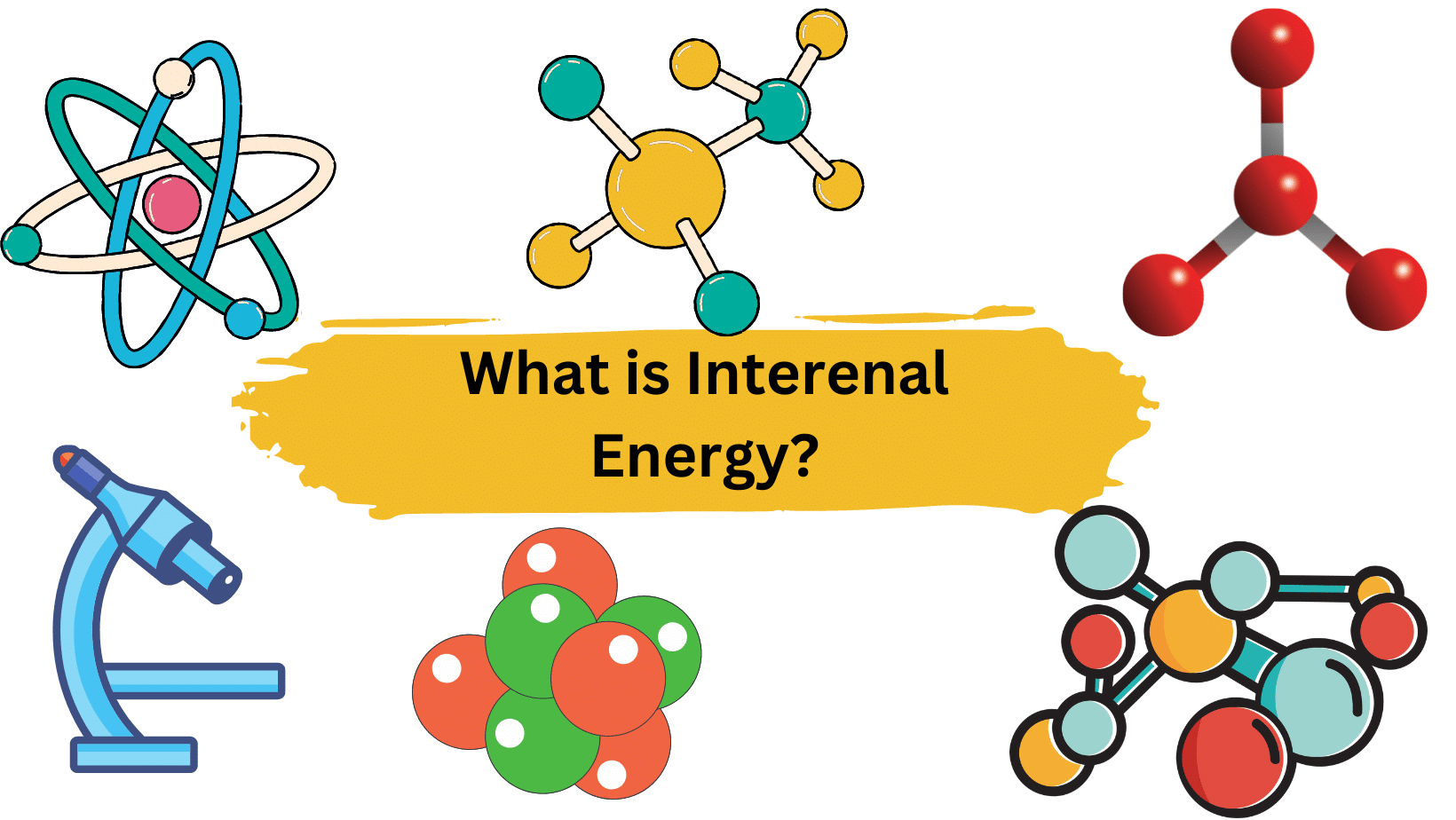Inversely Proportional Definition: When the value of one item increases in relation to a decrease in another, the two values are said to be inversely proportional.

When two quantities are inversely proportional, that is, when a rise in one produces a decrease in the other and vice versa, the values are said to be inversely proportional.
In other words, when the product of two variables x and y is a constant, the variables are inversely proportional to one another (always remain the same). This means that as x increases, y decreases, and vice versa, by a sufficient amount to maintain xy constant.
It is expressed numerically as y ∝ 1/x.
| Definition: | An inversely proportional relationship is a mathematical relationship in which an increase in one quantity results in a decrease in another quantity, and vice versa. |
|---|---|
| Symbol: | ∝ |
| Examples: | The speed of an object and the time it takes to travel a fixed distance, the number of workers and the time it takes to complete a task, the pressure of a gas and the volume it occupies, the frequency of a wave and its wavelength. |
| Factors: | In an inversely proportional relationship, the factor that is increasing causes the other factor to decrease. For example, as the speed of an object increases, the time it takes to travel a fixed distance decreases. The factors in the relationship can be related through a formula, such as: x ∝ 1/y, where x and y are the two factors in the relationship. |
Table of Contents
Examples of Inversely Proportional terms
- The relationship between speed and time to destination is a basic example of inverse proportionality. Speed and travel time are inversely related because the faster we move, the less time we take; in other words, the faster we go, the less time we take.
- The bank balance is inversely proportional to spending.
- More vehicles on the road less space on the road.
- Number of workers and time to complete a task: The time it takes to complete a task is inversely proportional to the number of workers. For example, if there are more workers, a task can be completed in less time.
- Pressure and volume: The pressure of a gas is inversely proportional to the volume it occupies. For example, if you decrease the volume of a gas, the pressure will increase.
- Amount of food and fullness: The feeling of fullness is inversely proportional to the amount of food consumed. For example, if you eat more food, you will feel less hungry, and if you eat less food, you will feel more hungry.
- Strength of a magnetic field and distance: The strength of a magnetic field is inversely proportional to the distance from the magnet. For example, the further away you are from a magnet, the weaker its magnetic field will be.
- Frequency and wavelength: The frequency of a wave is inversely proportional to its wavelength. For example, if a wave has a higher frequency, it will have a shorter wavelength, and if it has a lower frequency, it will have a longer wavelength.
The Concept of Proportionality
The concept of Proportionality indicates a linear connection between two numbers or variables in mathematics and physics. If one quantity doubles in size, the other does as well; if one variable drop in size, the other does as well. Proportionality is represented by a stretched-out lowercase Greek letter alpha.
Constant of Proportionality
A proportionality constant is a mathematical constant used to represent the relationship between two variables in a linear equation. The constant of proportionality for two variables x and y in direct proportionality with each other is given as k=y/x. Similarly, the proportionality constant for the inverse relationship of variables x and y is k=yx.
Direct Proportionality
A direct proportion exists between two quantities when one variable rises in proportion to the other.
In other words, when the ratio of x to y is constant (x:y), two values x and y are directly proportional to each other (i.e. always remain the same). This indicates that x and y will either rise or fall by the same amount, with no influence on the ratio. t is denoted mathematically as y ∝ x.
Summary
- Inverse proportionality is a relationship between two variables where an increase in one variable leads to a proportional decrease in the other variable, and vice versa.
- It is often represented by the symbol y ∝ 1/x.
- Examples of inverse proportionality can be seen in real-life situations such as the relationship between the pressure and volume of a gas, and the relationship between the distance and period of orbit of a planet.
- The formula for inverse proportionality is y = k/x, where k is the constant of proportionality.
- The constant of proportionality can be found by using the initial values of y and x and substituting them into the formula y = k/x.
- Additionally, the product of two inversely proportional quantities is constant, meaning that if one quantity increases, the other will decrease in proportion so that the product remains constant.
More Interesting Links
Stress in Physics| Definition and Easy Examples
Light Energy| Definition, and Properties
The Spring Constant & Spring Force Concept
Multiple Choice Questions
- What is the general form of an inversely proportional relationship?
A) y = kx
B) y = k/x
C) y = x^2
D) y = √x - If the pressure of a gas is inversely proportional to its volume, what will happen to the pressure if the volume is doubled?
A) It will remain the same
B) It will be halved
C) It will be doubled
D) It will be quadrupled - If the frequency of a wave is inversely proportional to its wavelength, what will happen to the frequency if the wavelength is halved?
A) It will be halved
B) It will be doubled
C) It will be quadrupled
D) It will remain the same - If the time it takes to complete a task is inversely proportional to the number of workers, what will happen to the time if the number of workers is tripled?
A) It will be tripled
B) It will be halved
C) It will be quartered
D) It will remain the same - If the force of gravity is inversely proportional to the square of the distance between two objects, what will happen to the force if the distance between the objects is doubled?
A) It will be halved
B) It will be quartered
C) It will be one-eighth
D) It will be one-sixteenth
- BCl3 Lewis Structure in four simple steps - November 1, 2023
- PH3 Lewis Structure in four simple steps - October 8, 2023
- PF3 Lewis structure in four simple steps - September 24, 2023



